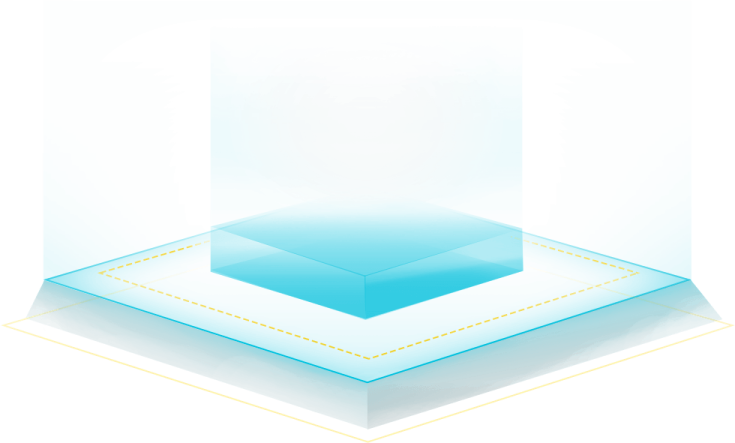Online
All Product Categories
Explosion-proof intrinsically safe communication cable
Applied to oil drilling platforms, oil field production facilities, natural gas extraction, transportation pipelines, etc.
Explosion-proof intrinsically safe communication cable
Applied to oil drilling platforms, oil field production facilities, natural gas extraction, transportation pipelines, etc.
Other Product Cases
Step 1
Category
| Voltage | Model |
| 450/750V | IA-DJYPVP-IA-DJYP2VP2-IADJYVRP ia-k2y ia-k2yvr ia-djvp3vp3 |
| 300/500V |
Step 2
Features
01
Limited current
The working current is limited to a certain extent. For example, when the ia level is working normally and there are one or two faults, the current is limited to less than 100mA; when the ib level is working normally and there is one fault, the current is limited to less than 150mA, so as to avoid sparks and explosions.
02
Low capacitance and low inductance
Both the capacitance and impedance are smaller than ordinary cables, and it has the characteristics of distributed low capacitance and low distributed inductance.
03
Good shielding performance and anti-interference performance
It can effectively prevent electromagnetic interference and line crosstalk, and is suitable for use as a transmission line in circuits such as distributed systems and automated detection and control systems in occasions with protection requirements. Special sheath color: The sheath is generally blue, which is easy to distinguish from ordinary cables and is conducive to maintenance and wiring.
04
Common models
ia-k2yv intrinsically safe PE insulated, PVC sheathed two-core composite shielded control cable; ia-k2yvr intrinsically safe PE insulated PVC sheathed two-core composite shielded control soft cable; ia-k3yv intrinsically safe PE insulated, PVC sheathed three-core composite shielded control cable, etc.
Step 3
Specs
| Item | Parameter description |
| Rated voltage | Rated voltage 300/500V, 450/750V, 1kV (depending on the specific model and usage scenario) |
| Conductor material | Conductor material Tin-clad copper wire, oxygen-free copper wire, silver-plated copper wire (selected according to requirements) |
| Conductor structure | Conductor structure Single core, multi-core (multi-core can be shielded or unshielded, depending on requirements) |
| Insulation material | Insulation material Cross-linked polyethylene (XLPE), polyvinyl chloride (PVC), fluoroplastics, silicone, etc. |
| Shielding layer | Shielding layer Copper wire braided shield, aluminum foil shield, copper foil shield, etc. (provides anti-interference and anti-electromagnetic wave functions) |
| Outer sheath material | Outer sheath material Polyvinyl chloride (PVC), low smoke zero halogen (LSZH), fire-resistant silicone rubber, polyethylene (PE), etc. |
| Operating temperature range | Operating temperature range -40℃ ~ +80℃, some special models can withstand high temperatures up to +120℃ or higher |
| Minimum bending radius | Minimum bending radius 6-10 times the outer diameter of the cable (depending on the cable specifications and models) |
| Explosion-proof mark | Explosion-proof mark Ex ib IIB T4/T6, Ex ib IIIC T80℃/T90℃, etc. (depending on the level of explosion-proof certification) |
| Conductor resistance | Conductor resistance According to the conductor size and material, it is usually between 0.02Ω/m~0.1Ω/m |
| Shielding resistance | Shielding resistance 50Ω ~ 100Ω (depending on the shielding method and application scenario) |
| Electrical performance | Electrical performance Low capacitance, stable resistance, can effectively guarantee the quality and stability of high-frequency signal transmission |
| Explosion-proof certification | Explosion-proof certification has national or international explosion-proof |
Step 4
Use
WhatsApp
Email
WeChat
WhatsApp
Email
WeChat
Contact
You can contact us through the following four methods, and we will get in touch with you immediately after receiving your inquiry!
Call us
Send Email
Leave a Message
Add WeChat or WhatsApp













